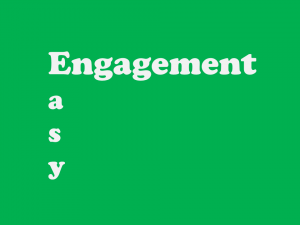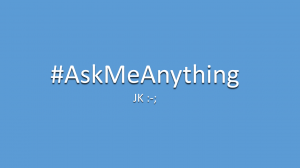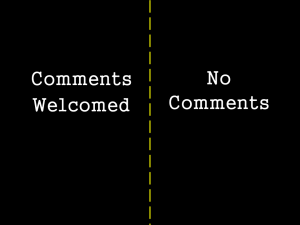The race to jump on the bandwagon of the newest and hottest practices in marketing is like how children long for the newest toy. When we get it, older toys don’t get played with as often and may even be forgotten… at least for awhile. Then we stumble across the older toys remember our positive experiences with them, and begin enjoying some of them again. This scenario resembles what can be observed playing out in digital marketing today. In the past 5 years, social media and content marketing have been like the toys shoppers stand in line for hours to buy. They have to have them, hope they like them, but may be unsure how to get the most benefit from them. If this description sounds familiar, maybe it is time to bring out one of your old toys: Email newsletters.
Good Email Marketing is Content Marketing
Many businesses wrestle with how to incorporate content into their marketing mix. Since a day does not go by that content marketing is not being given prominent coverage by industry media, a marketer cannot help but question the benefits of a content strategy. But, you may already be doing content marketing, particularly if you have an email newsletter. Email is simply a channel, a means of distribution. Subscribers agree to receive email from you not because they want another distribution source in their inbox; they want your content. Whether it is information about products, new stores, special events, promotions, or special interest stories, people subscribe to email newsletters because they find the content to be of value to them. Keep the content compelling, and they will keep you by continuing to give their consent for you to send emails.
Why Email?
If you are skeptical about the value of email or have had less than glowing results previously with email newsletters, keep in mind these statistics about email marketing shared by Kyle Lacy of ExactTarget Marketing Cloud with my comments in parentheses:
- US adult email audience was estimated to be 188.3 million in 2013 and expected to grow to 203.8 million by 2017 (large numbers of people are using the medium- meet them where they are)
- 95% of online consumers use email (for B2B buyers that number has to approach 100%)
- 93% of consumers get at least one permission email daily (they are open to receiving content)
- 70% of consumers say they always open email from their favorite companies (goal is to become a favorite company, no?)
- Every $1 spent on email marketing yields an average of $44.25 in return (a ratio anyone could live with).
These impressive numbers do not assure email marketing success. It takes hard work to develop interesting content, determine optimal communication frequency, and build a subscriber list. But before you chase the shiny new toys of digital marketing, look in the closet and make the most of how email newsletters can connect with your existing audience as well as attract new subscribers.
This post was inspired by a recent article posted on NYTimes.com “For Email Newsletters, a Death Greatly Exaggerated.” Check it out if newsletters are a part of your content strategy or you are wondering if email is still a relevant channel.









